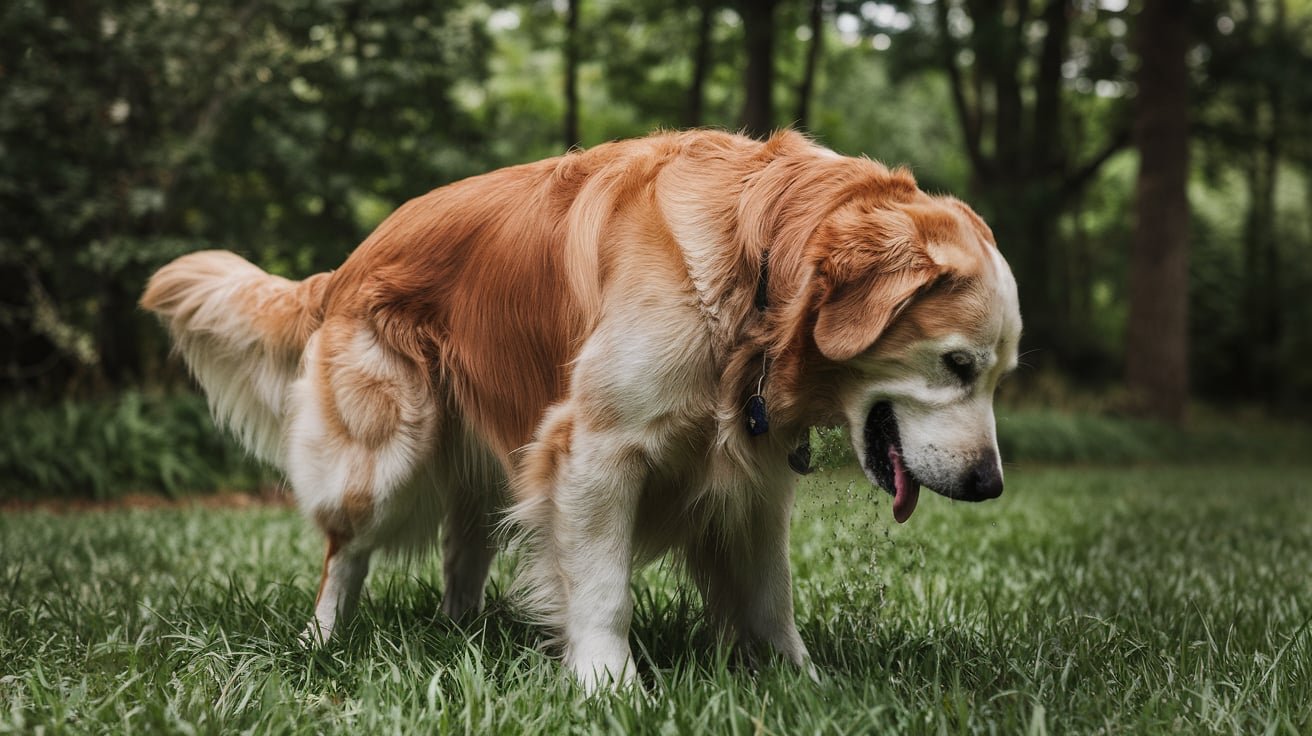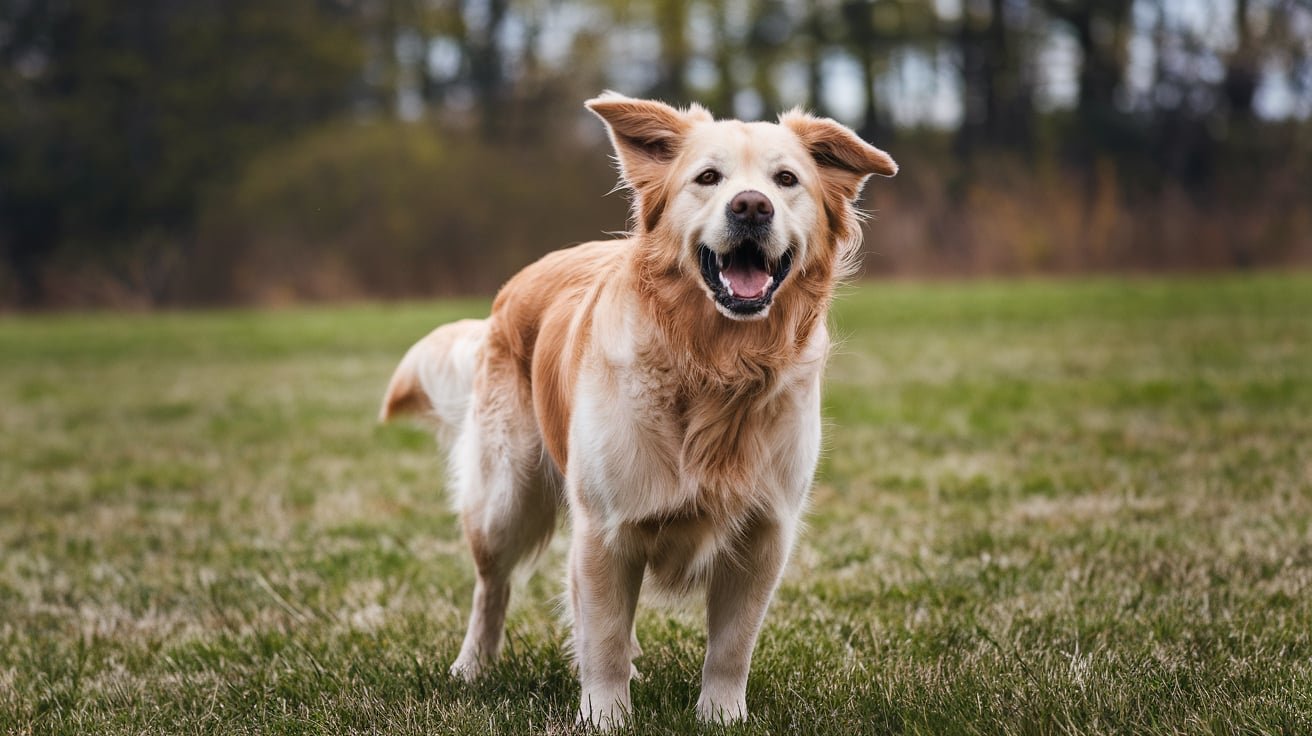What Causes Dog Shaking and Vomiting?
There are several reasons why your dog might start shaking and vomiting. While some causes may be minor, others could indicate a serious health issue. Here are the most common reasons:
- Ingesting something toxic: Dogs are curious creatures and often eat things they shouldn’t, like chocolate, grapes, or household cleaning products. These can lead to severe reactions, causing vomiting and shaking.
- Gastroenteritis: This is an inflammation of the stomach and intestines, usually caused by bacteria, viruses, or a change in diet. Vomiting, shaking, and diarrhea are common symptoms.
- Motion Sickness: Just like humans, some dogs can experience motion sickness during car rides, leading to nausea and vomiting.
- Anxiety or Stress: Dogs may shake when they’re anxious or scared, and sometimes this is followed by vomiting. Loud noises, new environments, or separation anxiety can trigger this.
- Pancreatitis: This is a serious condition where the pancreas becomes inflamed. It can cause severe vomiting, abdominal pain, and shaking.
- Heatstroke: Overheating can cause dogs to pant excessively, shake, and vomit. Heatstroke is more common during warmer months, especially in breeds like Bulldogs or Pugs.
What to Do If Your Dog Is Shaking and Vomiting
It’s important to act quickly if you notice your dog showing these symptoms. Here’s a step-by-step guide on what to do:
- Assess the Situation: Check if your dog has access to any harmful substances like chocolate, grapes, or household cleaners. If you suspect poisoning, contact your vet immediately or call the Animal PoisonLine.
- Keep Your Dog Calm: Dogs can become anxious if they’re not feeling well. Create a quiet, comfortable space for them to rest.
- Monitor Their Symptoms: Watch for other signs like diarrhea, lethargy, or changes in breathing. If your dog is vomiting repeatedly or showing signs of pain, it’s time to visit the vet.
- Contact Your Vet: If the vomiting persists or if your dog’s shaking becomes severe, contact your vet for advice. It’s always better to be safe than sorry.
- Do Not Offer Food or Water Immediately: Avoid giving your dog food or water right after vomiting, as it could cause more stomach upset. Wait a few hours and then offer small amounts of water. If they keep it down, you can introduce bland food like boiled chicken and rice.
Anecdote:
Sarah from Brighton recently experienced her dog shaking and vomiting after eating chocolate. She quickly called her vet, who advised her to bring the dog in immediately. After treatment, her dog made a full recovery. The vet mentioned that quick action is crucial when dogs ingest toxic foods.
When to See a Vet
While occasional vomiting may not be a cause for concern, frequent vomiting and shaking should not be ignored. Here are some signs that indicate you should take your dog to the vet:
- Vomiting multiple times in a day
- Blood in the vomit or stools
- Severe shaking or trembling that doesn’t stop
- Lethargy or weakness
- Difficulty breathing
If you’re unsure, it’s always a good idea to contact your vet for advice.
How to Prevent Dog Shaking and Vomiting
Prevention is always better than cure. Here are some steps to help prevent your dog from experiencing shaking and vomiting in the future:
- Monitor What They Eat: Keep harmful foods like chocolate, grapes, and onions out of your dog’s reach. Make sure household cleaners and chemicals are stored safely.
- Regular Vet Check-ups: Routine visits to the vet can help catch any underlying health issues early, such as pancreatitis or gastrointestinal problems.
- Avoid Stressful Situations: If your dog gets anxious or stressed easily, try to avoid situations that trigger this response. For example, during fireworks, you can create a quiet space or use calming products to help them relax.
- Proper Hydration and Diet: Ensure your dog stays hydrated, especially during warm weather. A balanced diet tailored to their age, breed, and health needs can also help prevent gastrointestinal issues.
Products That Can Help
When dealing with dog shaking and vomiting, there are a few products that can provide relief and prevent future incidents:
- Calming Supplements: These can help dogs who are prone to anxiety-induced shaking and vomiting. Look for supplements with natural ingredients like chamomile and L-theanine.
- Hydration Solutions: If your dog has been vomiting, it’s important to keep them hydrated. Consider using a rehydration solution for dogs, which helps replenish lost electrolytes.
- Gastrointestinal Dog Food: If your dog suffers from sensitive stomach issues, switching to a specialized dog food designed for gastrointestinal health may reduce vomiting episodes.
Be sure to consult with your vet before introducing any new products to your dog’s routine.
Common Questions
Why Is My Dog Shaking but Not Vomiting?
If your dog is shaking but not vomiting, it could be due to anxiety, pain, or even cold temperatures. Check the environment and see if there are any triggers that could be causing the shaking. If the shaking persists, consult your vet.
Can Dogs Vomit from Anxiety?
Yes, dogs can vomit due to anxiety. Stressful situations, such as separation from their owner or loud noises like thunderstorms, can cause an upset stomach and lead to vomiting.
What Should I Do if My Dog Ate Something Toxic?
If your dog ate something toxic, such as chocolate or grapes, contact your vet or the Animal PoisonLine immediately. Quick action can make a big difference in preventing more serious health issues.
Conclusion
Dealing with a dog that’s shaking and vomiting can be unsettling, but being prepared with the right information helps ease the worry. The key is to remain calm, assess the situation, and take swift action if needed. Understanding the potential causes, from eating toxic substances to anxiety or more serious conditions like pancreatitis, allows you to better manage the situation.



